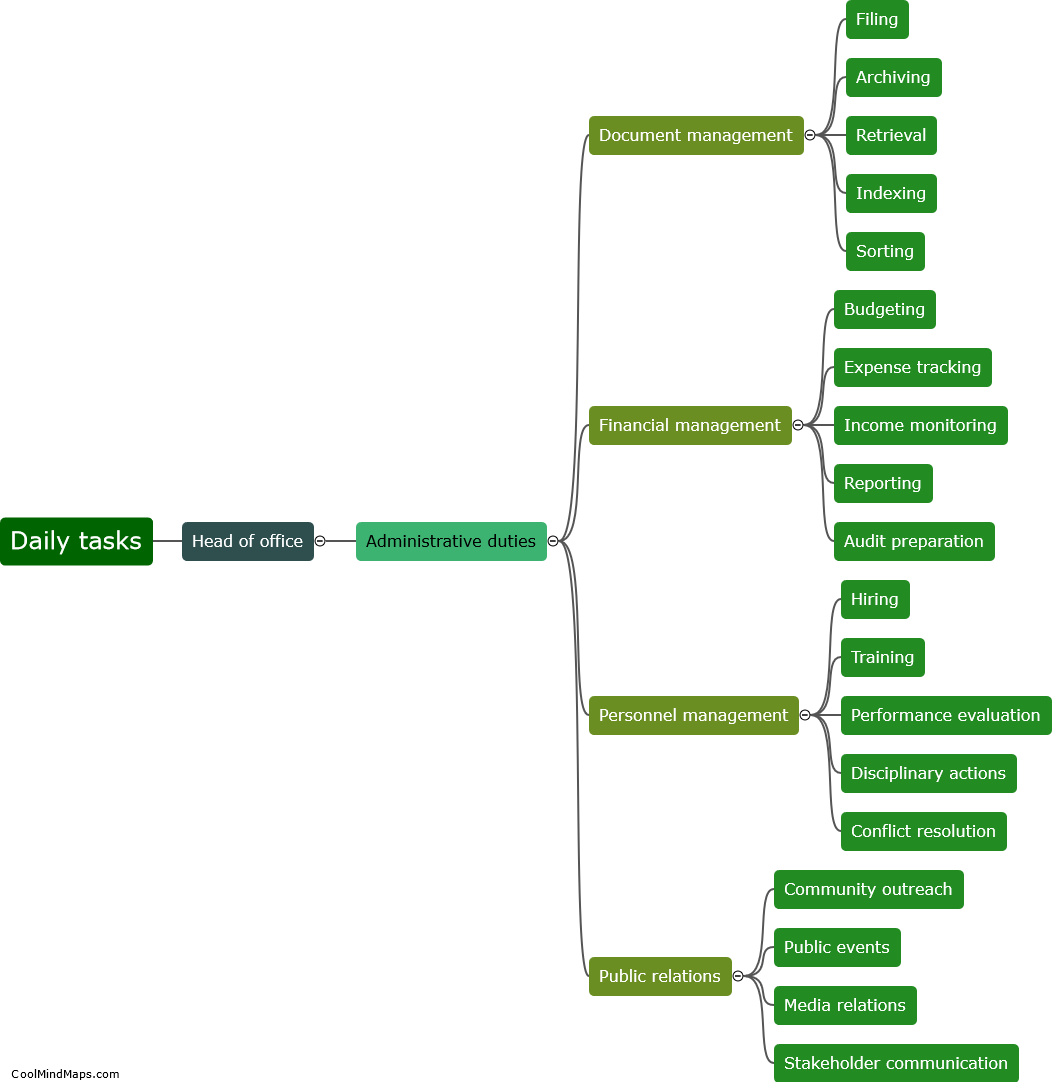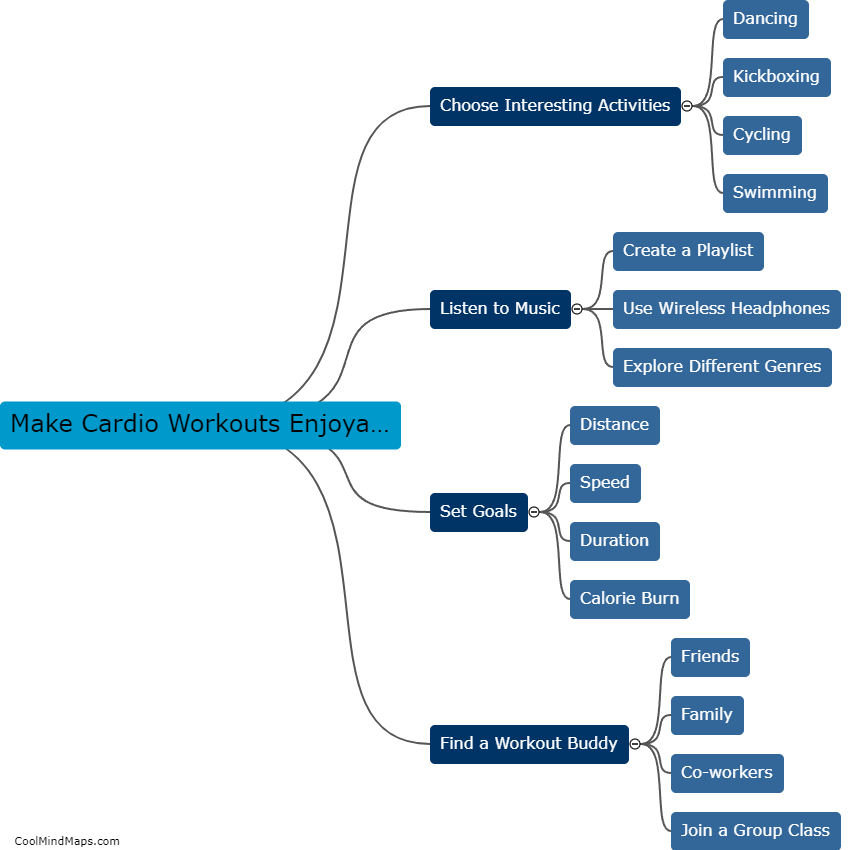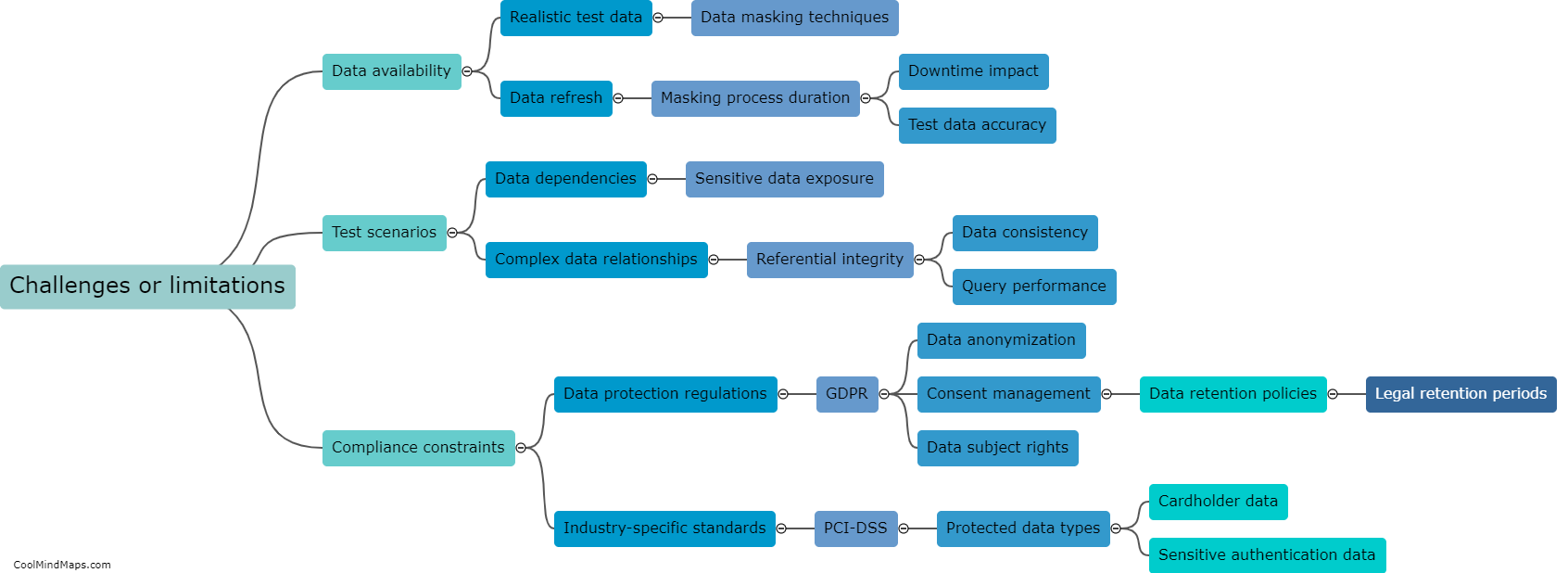What are the potential challenges of a parallel run?
A parallel run, which refers to a situation where a new system or process is implemented alongside the existing one for a period of time, can present several potential challenges. One major challenge is ensuring consistency and accuracy between the two systems, as any discrepancies could lead to confusion or errors in decision-making. Another challenge is the additional resource and time requirements for running two systems simultaneously, which can put a strain on the organization's resources and potentially cause delays or disruptions in operations. Additionally, managing the change and transitions for employees who need to learn and adapt to the new system while still handling the old one can be a challenge in terms of training, support, and coordination. Overall, careful planning, monitoring, and coordination are crucial to mitigate these challenges and ensure a smooth transition from the parallel run to the new system.

This mind map was published on 31 July 2023 and has been viewed 109 times.











